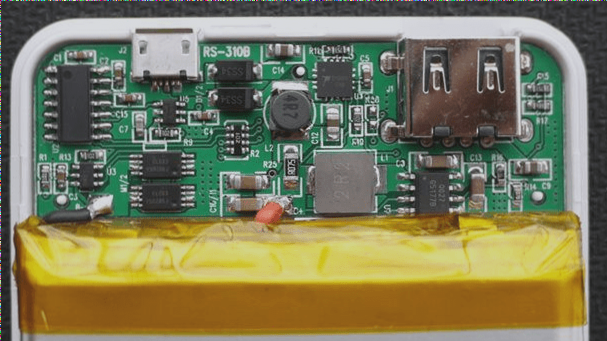Understanding PCB Gold Fingers
In today’s tech-driven world, the interconnection between devices is crucial. PCB gold fingers play a vital role in establishing these connections. Whether it’s linking a laptop to a mobile or connecting a mobile to a Bluetooth headset, PCB gold fingers facilitate these connections. With technological advancements, the demand for creating inter-device connections is on the rise, making PCB gold fingers increasingly important.
As you examine a PCB, you’ll notice small gold-plated columns along the board’s edge, known as PCB gold fingers. Initially used to connect secondary PCBs to computer motherboards, PCB gold fingers are now utilized in various devices like smartphones and smartwatches. In this article, we’ll delve into the types and benefits of PCB gold fingers.
Exploring PCB Gold Finger Beveling
PCB gold fingers feature sloped edges due to a process called beveling, which transforms sharp edges into slopes, completing the surface finish of the PCB. Beveling commences after the solder mask application, making insertions easier and quicker. Beveling angles of 30 or 45 degrees are common for PCB gold fingers, tailored to the specific circuit board size and insertion requirements.
Design Specifications for PCB Gold Fingers
Similar to other technical devices, PCB gold fingers have specific design requirements. Consider the following specifications when designing PCB gold fingers for a circuit board:
- Ensure the inner PCB layers are copper-free to avoid excess exposure during beveling, as copper in these layers can complicate the process.
For further insights into PCB technology, you may also be interested in Microvias in printed circuit boards.
Important Guidelines for PCB Gold Fingers
- When designing a PCB, ensure that plated through holes (PTH) are positioned at least 1 mm away from the gold fingers to prevent malfunctions.
- There should be a 0.5 mm gap between the board outline and gold fingers on the PCB to avoid any associations.
- Technicians must follow standard spacing guidelines to prevent issues in gold-plated circuit board designs.
- Avoid placing solder masks or screen prints near gold fingers to maintain PCB integrity.
- Position gold fingers away from the center of the PCB during the design phase to ensure proper functionality.

Types of PCB Gold Fingers
PCBs with non-standard gold fingers, often found in memory card readers, have shorter gold fingers than usual.
PCBs with Varied Gold Finger Sizes

Some PCBs have segmented gold fingers with varying sizes, commonly used in water-resistant electronics.
Quality Control for PCB Gold Fingers
Testing and quality measures are crucial for ensuring the functionality of electronic circuits. Here are some quality measures for PCB gold fingers:
- The gold plating of PCB gold fingers should contain 5-10% cobalt for rigidity.
- Gold fingers’ thickness on a PCB should fall within the range of 2-50 microinches.
- Visual inspections are conducted to check for smooth, clean gold fingers without additional nickel plating.
These quality measures determine the suitability of a PCB for device integration.
Impact of Gold Fingers on Technological Advancements
The Significance of PCB Gold Fingers in Advancing Technology
As technology continues to rapidly evolve, the interactions between circuit boards and motherboards play a crucial role in enhancing connectivity. The development of smartphones, PCs, and other devices is geared towards achieving greater speed and advancement. In this technological landscape, the importance of PCB gold fingers cannot be overstated.
Gold-plated circuit boards have been instrumental in elevating the intelligence of current technology. The evolution of technology is closely linked to the continual improvement of gold-plated circuit boards. The gold fingers on a circuit board facilitate easier and faster insertion and ejection processes, impacting devices from smartphones to various smart gadgets.
The ongoing advancements in PCB gold fingers contribute significantly to enhancing the performance of printed circuit boards across different devices. These improvements are pivotal in driving the evolution of smart technology to new heights. It is evident that the gold fingers are pivotal in revolutionizing smart technology, reshaping the global digital landscape effectively.
If you are seeking further insights on PCB gold fingers or have specific queries, feel free to contact us at any time. Our experts are equipped to provide tailored solutions to meet your needs.


